3-Day Agra Tour Package with Taj Mahal View
Explore the beauty of Agra including the majestic Taj Mahal.

Mathura and Vrindavan, two of the most sacred cities in India, are intertwined in their historical, cultural, and religious significance. Mathura is renowned as the birthplace of Lord Krishna, while Vrindavan is celebrated as the site of his childhood exploits. Together, they represent a vibrant tapestry of devotion, tradition, and art that continues to attract millions of pilgrims and tourists each year. This article delves deep into the rich history, key temples, local cuisine, and travel logistics for both Mathura and Vrindavan.
The roots of Mathura can be traced back to the Vedic period, around 1500 BCE, when it was a flourishing settlement. Its significance in the early Vedic period is highlighted in ancient scriptures, which frequently mention Mathura as "Madhupuri," a thriving settlement on the banks of the Yamuna River. The early Vedic texts, including the Rigveda and the Atharvaveda, mention the presence of various dynasties and communities that populated this region.
Mathura’s geographical position along the Yamuna River made it a focal point of trade and commerce. Situated along crucial trade routes connecting Northern India with the western and southern regions, it became a center for the exchange of goods, ideas, and cultural influences. The city's prosperity attracted settlers, artisans, and traders, turning it into a bustling urban center.
Mathura is irrevocably linked with one of the most celebrated epics of Indian history—the Mahabharata. This ancient city was ruled by the Yadava clan, and its most notable ruler was Kansa, who was the tyrant king of Mathura. According to legend, it was during his reign that Lord Krishna was born in the dungeons of the Mathura palace.
Krishna’s early life revolved around Mathura and nearby Gokul. He is said to have spent his childhood here, overthrowing Kansa and liberating Mathura from his despotic rule. These mythological events form the bedrock of Mathura's spiritual and religious identity.
Mathura’s prominence continued to grow under the rule of various ancient Indian empires. During the reign of the Mauryan Empire (321–185 BCE), Mathura became a significant center of political and military power. Archaeological evidence indicates that Mathura was a garrison town under the Mauryan emperor Ashoka.
The city’s association with Buddhism is also noteworthy during this period. Ashoka, a staunch patron of Buddhism, erected several stupas and monasteries in Mathura. These Buddhist monuments stood alongside the city's flourishing Brahmanical and Jain traditions, showcasing Mathura’s inclusive religious and cultural ethos.
The golden age of the Gupta Empire (circa 4th to 6th centuries CE) saw Mathura reach new heights of prosperity. Mathura’s artistic and cultural achievements during this period are particularly significant. The city became a renowned center of sculpture and fine arts, with artisans creating some of the finest examples of Gupta art. Mathura’s distinctive style of sculpture, which combined Buddhist, Jain, and Hindu motifs, had a profound influence on the development of Indian art.
Apart from Hinduism, Mathura played a pivotal role in the dissemination of Buddhism and Jainism. The Kushan emperor Kanishka, a patron of Buddhism, held the city in high regard. The Mathura School of Art emerged as a major force during his reign, contributing to the creation of some of the most iconic Buddhist and Jain statues.
The medieval period saw Mathura under the rule of various dynasties, including the Rajputs, Delhi Sultanate, and the Mughals. Despite political upheavals, Mathura retained its cultural and religious significance. The temples and ghats of Mathura continued to attract pilgrims and devotees.
The Mughal period was marked by a tumultuous relationship between the ruling powers and Mathura’s religious institutions. While Emperor Akbar encouraged religious tolerance and commissioned the construction of temples and ghats, his successor Aurangzeb ordered the destruction of many temples in Mathura, including the grand Keshav Dev Temple, which was replaced by the Shahi Eidgah mosque. Despite this, Mathura’s religious fervor remained undiminished, with the city continuing to attract pilgrims from across India.
With the advent of British rule in India, Mathura witnessed significant socio-political changes. The British recognized Mathura’s religious significance and established it as an important center for pilgrimage tourism. They built modern infrastructure, including roads, railways, and postal services, to facilitate easier access to the city for pilgrims and travelers.
The 19th and 20th centuries also saw the revival of the Krishna Bhakti movement, with Mathura at its epicenter. The construction of the new Krishna Janmabhoomi temple complex, dedicated to Lord Krishna, symbolized this resurgence of devotion.
In contemporary times, Mathura has grown into a major pilgrimage destination for Hindus, attracting millions of devotees annually, particularly during the festivals of Janmashtami and Holi. The Krishna Janmabhoomi temple is the focal point of religious activity, while the Yamuna ghats continue to be an integral part of spiritual practices.
Mathura is home to numerous temples, each with its unique history and significance. Here are some of the must-visit temples:
Visiting Hours: 5:00 AM - 12:00 PM, 4:00 PM - 9:00 PM
The Krishna Janmabhoomi Temple is the most revered site in Mathura, marking the birthplace of Lord Krishna. The temple complex houses several shrines, including the original birthplace of Krishna, which is believed to be located in a small cell beneath the temple.
Pros:
Cons:
Visiting Hours: 8:00 AM - 12:00 PM, 4:00 PM - 10:00 PM
Dedicated to Lord Krishna, this temple is known for its exquisite carvings and vibrant festivals. It is named after Dwarka, the city associated with Krishna's later life.
Pros:
Cons:
Visiting Hours: Open all day
Vishram Ghat is a sacred bathing spot on the banks of the Yamuna. It is believed that Lord Krishna rested here after killing Kansa. The ghat is lined with temples and is a serene place for meditation and reflection.
Pros:
Cons:
Visiting Hours: 6:00 AM - 8:00 PM
This temple is dedicated to Lord Krishna and is known for its historical significance. The temple was originally built on the site of the Shahi Eidgah mosque.
Pros:
Cons:
Visiting Hours: Open all day
Radha Kund is a sacred pond believed to have been created by Radha’s tears. It is surrounded by several temples and is a popular spot for devotees.
Pros:
Cons:
Mathura is also famous for its delectable cuisine, particularly its sweets and local delicacies.
Pros:
Cons:
The nearest airport to Mathura is the Agra Airport (about 60 km away), which has regular flights connecting major Indian cities. From Agra, you can hire a taxi or take a bus to Mathura.
Mathura Junction is well-connected by rail, with frequent trains from major cities like Delhi, Mumbai, and Jaipur. The railway station is just a few kilometers from the city center, making it convenient for travelers.
Mathura is accessible via a network of roads. Regular bus services operate from Delhi, Agra, and other nearby cities. Renting a car or taking a taxi is also an option.
In addition to the temples, Mathura offers several attractions worth visiting:
Visiting Hours: Open all day
Gokul, located about 15 km from Mathura, is associated with Krishna's childhood. It is home to several temples and is a serene place to explore.
Pros:
Cons:
Visiting Hours: Open all day
Barsana, known as the birthplace of Radha, is famous for its temples and beautiful landscapes. It is approximately 50 km from Mathura.
Pros:
Cons:
Visiting Hours: Open all day
Just a few kilometers from Mathura, Vrindavan is another important pilgrimage site dedicated to Lord Krishna. It is filled with temples, ghats, and ashrams, making it a must-visit.
Pros:
Cons:
Visiting Hours: Open all day
The banks of the Yamuna River offer a peaceful setting for boating and spiritual activities. Visitors can enjoy scenic views and participate in evening aarti ceremonies.
Pros:
Cons:
Visiting Hours: 10:00 AM - 5:00 PM (closed on Fridays)
The Mathura Museum houses an extensive collection of sculptures and artifacts from the ancient history of Mathura, showcasing its rich artistic heritage.
Pros:
Cons:
Vrindavan is home to numerous temples, each steeped in history and spirituality. Here are some of the key temples worth visiting:
Visiting Hours: 6:00 AM - 12:00 PM, 5:00 PM - 9:00 PM
Dedicated to Lord Krishna, the Banke Bihari Temple is famous for its unique idol and vibrant atmosphere. The temple is known for its lively celebrations during festivals.
Pros:
Cons:
Visiting Hours: 4:30 AM - 9:00 PM
The ISKCON temple in Vrindavan is dedicated to Radha and Krishna. It provides a serene environment for devotees to engage in spiritual practices and learn about the teachings of Krishna.
Pros:
Cons:
Visiting Hours: 7:00 AM - 12:00 PM, 5:00 PM - 9:00 PM
This temple is dedicated to Radha Raman, a form of Lord Krishna. It is known for its ancient deity and is a favorite among locals and pilgrims.
Pros:
Cons:
Visiting Hours: 6:30 AM - 12:00 PM, 5:00 PM - 9:00 PM
The Radha Vallabh Temple is unique in its worship of Radha and Krishna together. The temple’s architecture and intricate carvings attract many visitors.
Pros:
Cons:
Visiting Hours: 6:00 AM - 8:00 PM
Nidhivan is a sacred grove where it is believed that Lord Krishna performed Ras Leela with Radha and the gopis. The place has a mystical ambiance, especially at night.
Pros:
Cons:
Vrindavan’s culinary offerings are a delightful extension of its cultural richness. Here are some must-try dishes:
Pros:
Cons:
Mathura and Vrindavan are not merely geographical locations but are spiritual realms steeped in history, devotion, and culture. From the majestic temples to the serene ghats along the Yamuna, every corner of these cities resonates with the divine past of Lord Krishna and his teachings. As a significant pilgrimage center, Mathura and Vrindavan continue to inspire millions with their timeless legacy, ensuring that the essence of devotion remains vibrant and alive for generations to come. Whether you seek spirituality, history, or culinary delights, Mathura and Vrindavan offer an enriching experience that transcends time.
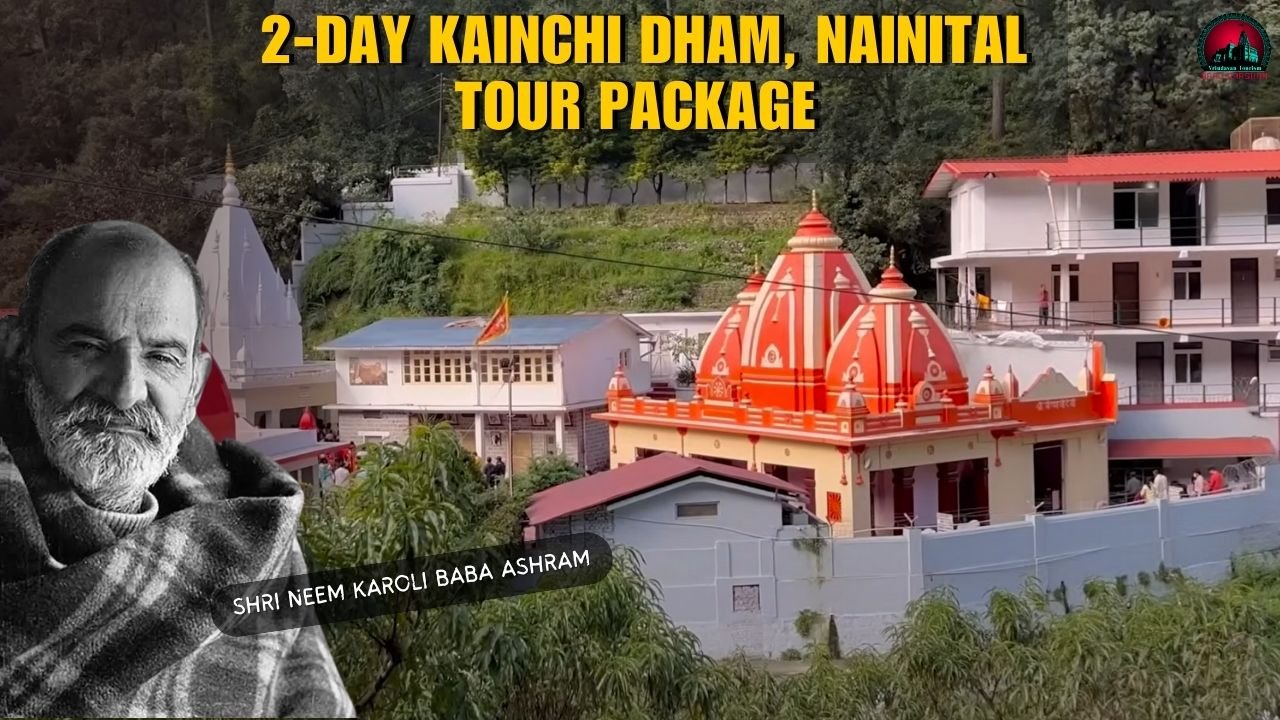
Sep 03, 2025
2 Days Kainchi Dham Tour Package- Book Package, Cab & MoreIntroductionBook your 2-Days Kainchi D...
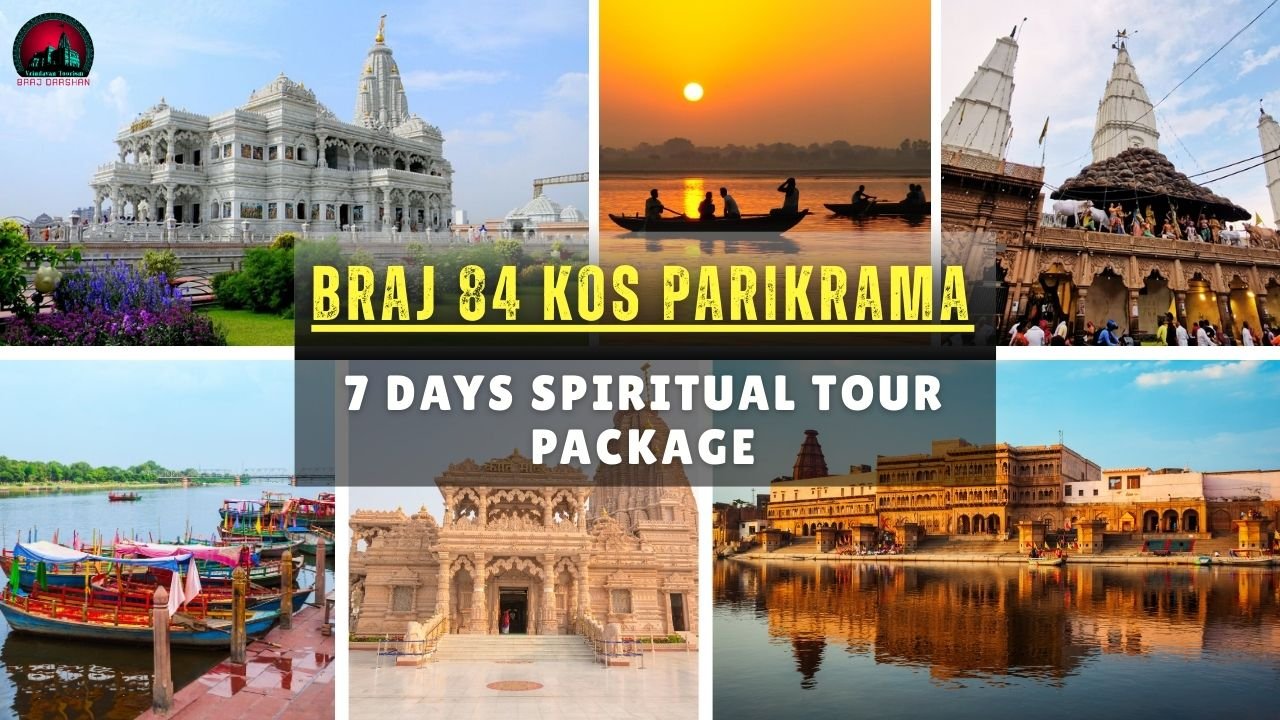
Sep 03, 2025
Braj 84 Kos Parikrama – 7 Days Spiritual Tour Package (Mathura • Vrindavan • Gokul • Barsana • Govar...
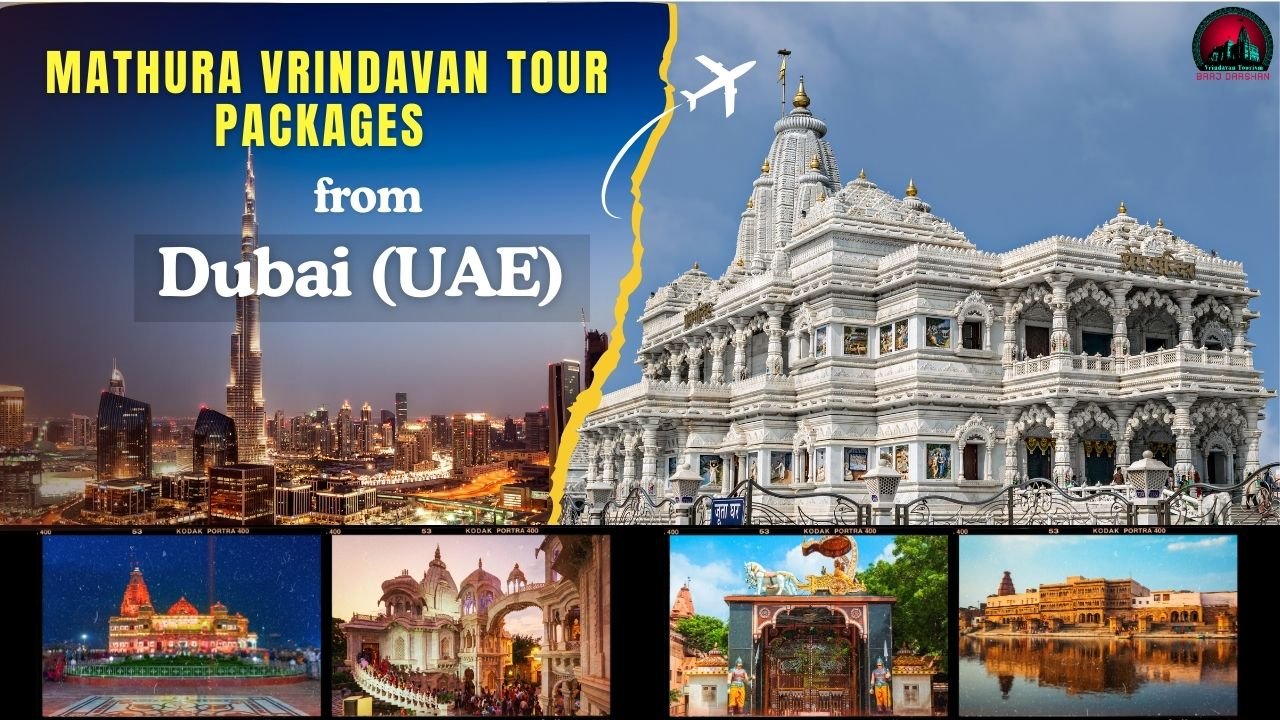
Sep 01, 2025
Mathura Vrindavan Tour Packages from Dubai (UAE) - Book Packages, Cab & MoreIntroduction: A Pilg...
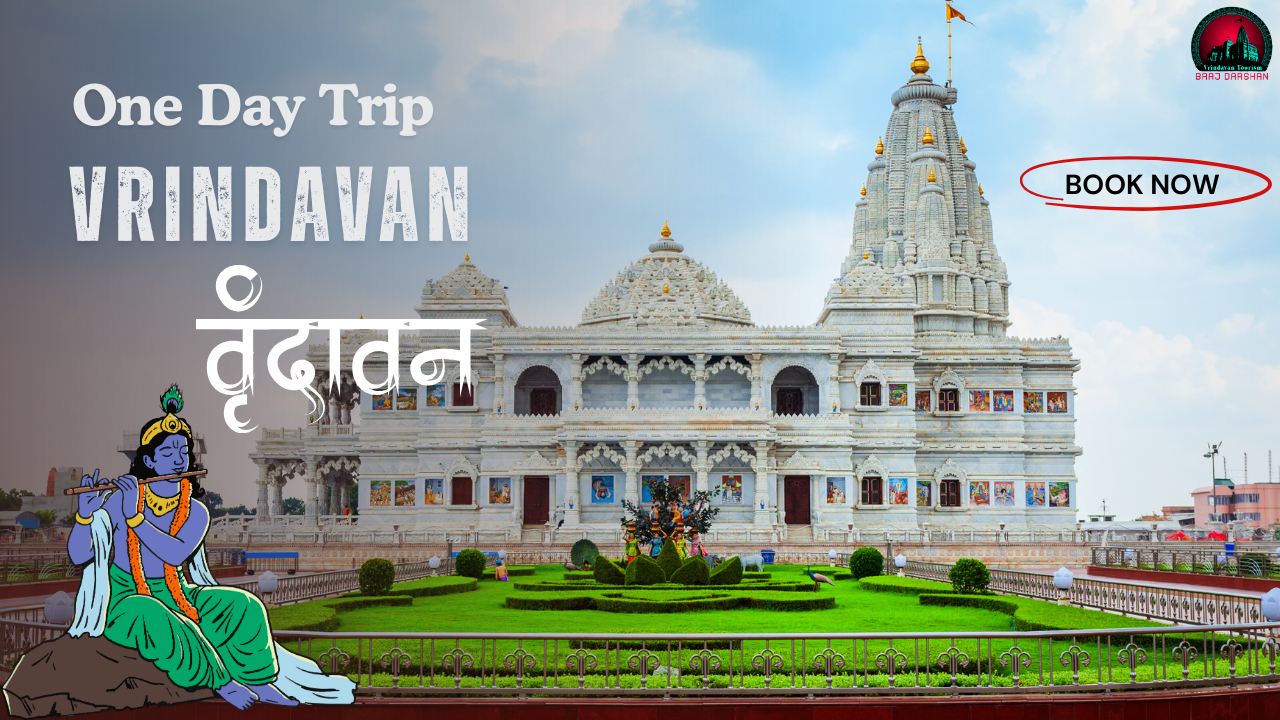
Aug 29, 2025
One Day Vrindavan Tour Packages- Book Now 30% OffIntroductionOur One Day Vrindavan Tour Packages cat...
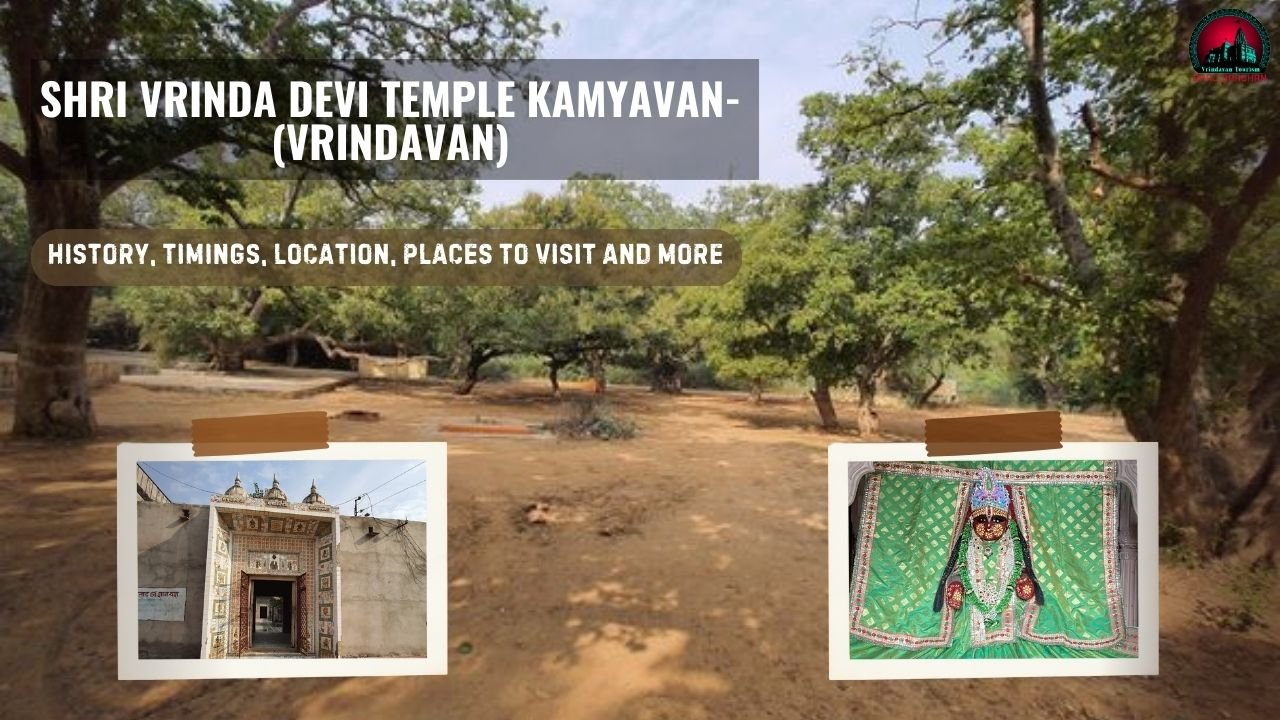
Aug 27, 2025
OverviewKamyavan is blessed forest on the Braj land which is 12 KM from Vrindavan and 25 KM from Mat...
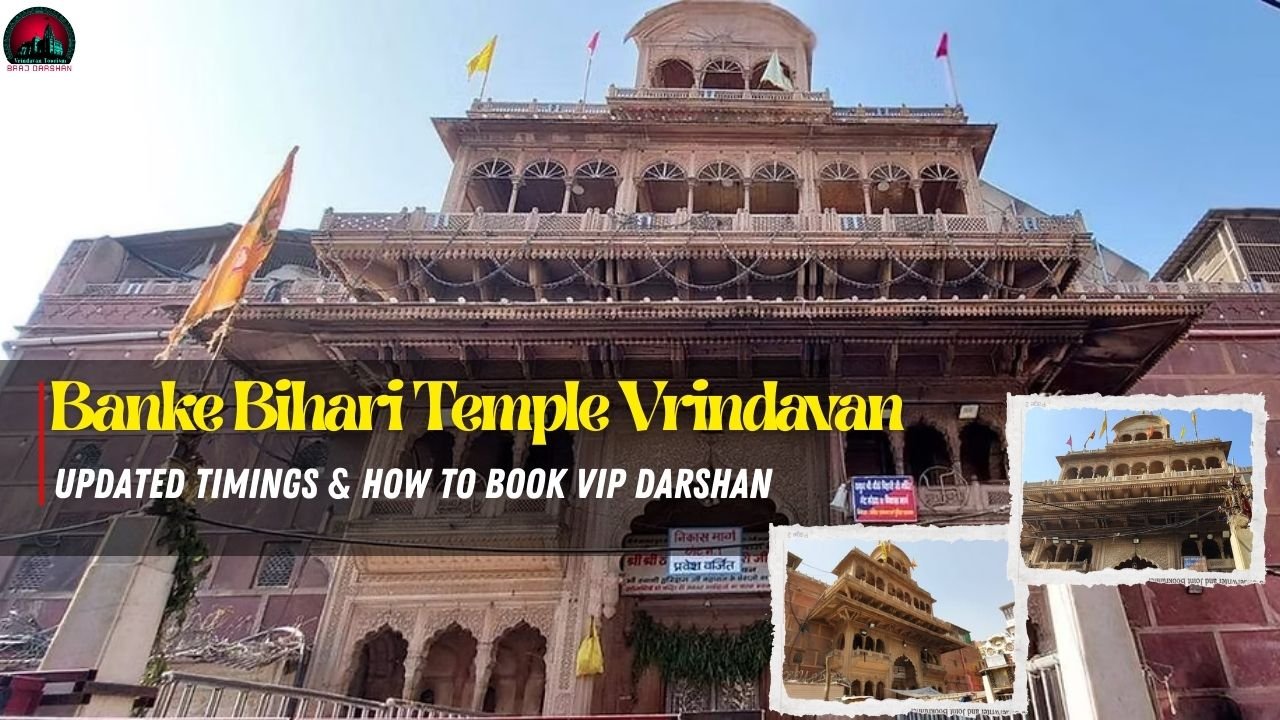
Aug 25, 2025
Banke Bihari Temple Vrindavan- Updated Timings, How To Book VIP Darshan & More IntroductionVrind...
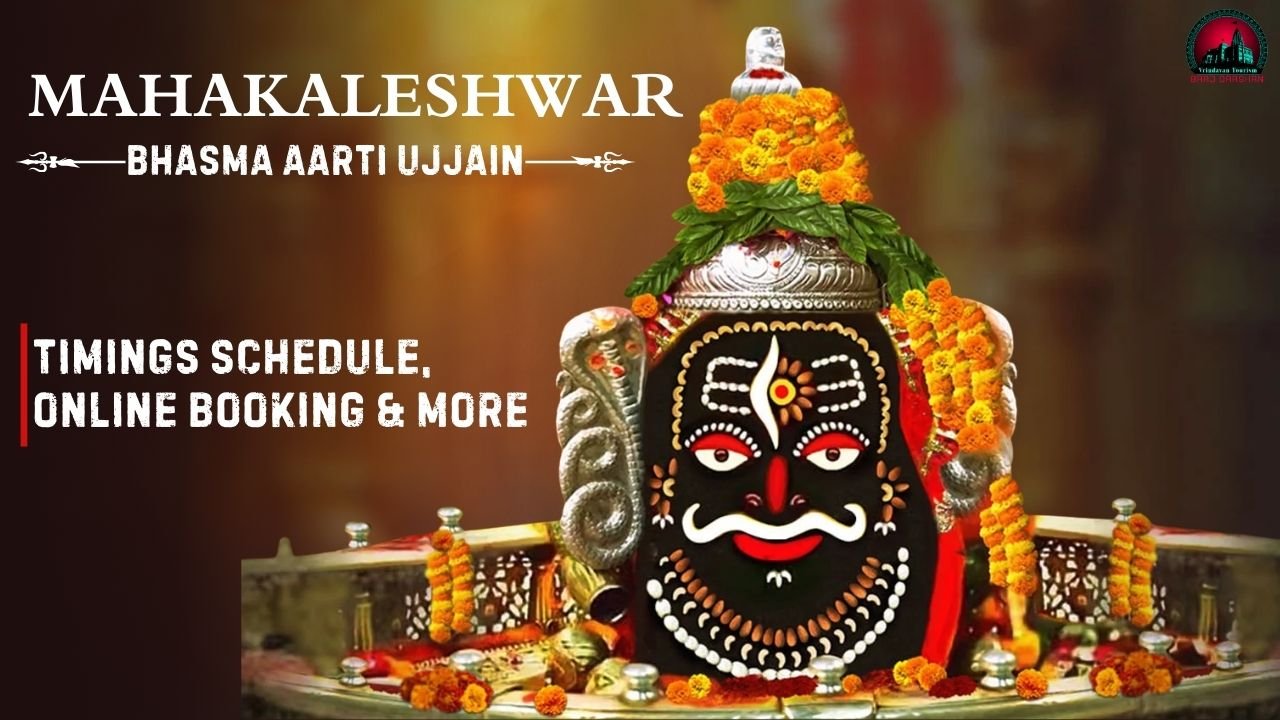
Aug 23, 2025
Bhasma Aarti Mahakaleshwar (Ujjain)- Timings Schedule, Online Booking & MoreOverviewUjjain Bhasm...
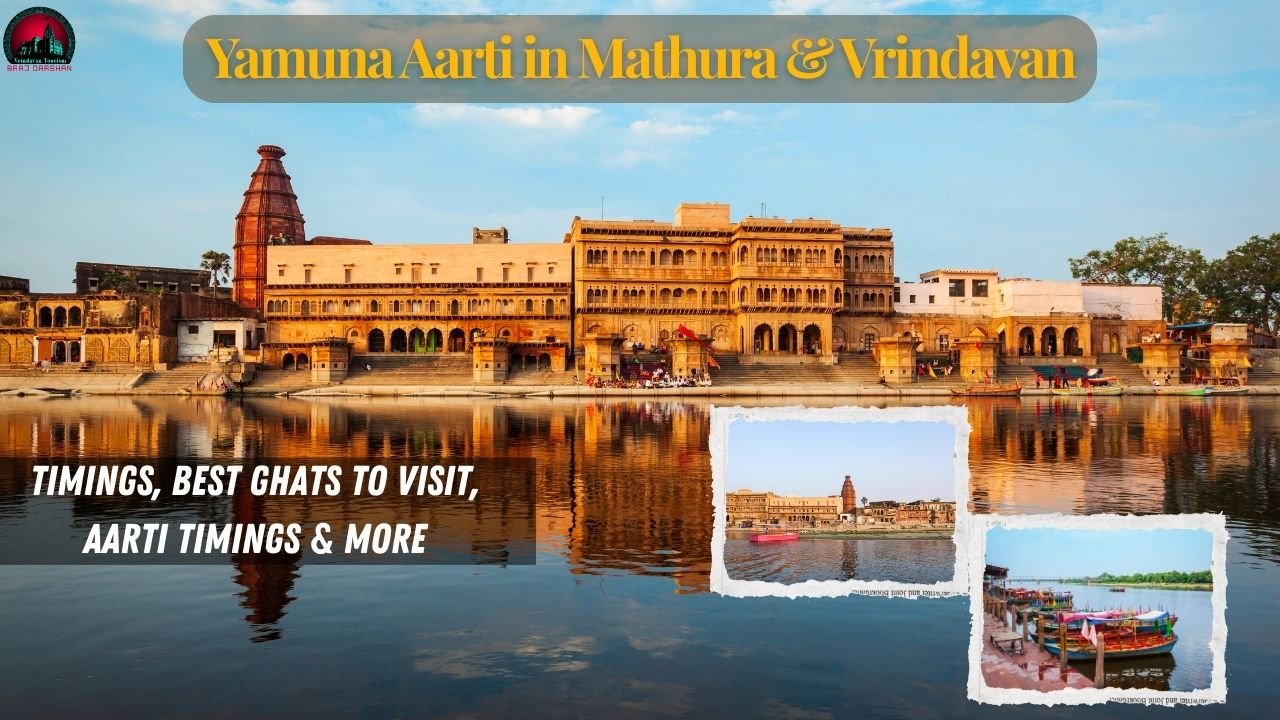
Aug 22, 2025
Yamuna Aarti in Mathura & Vrindavan– Timings, Ghats, Aarti Timings & MoreOverviewThe Yamuna...
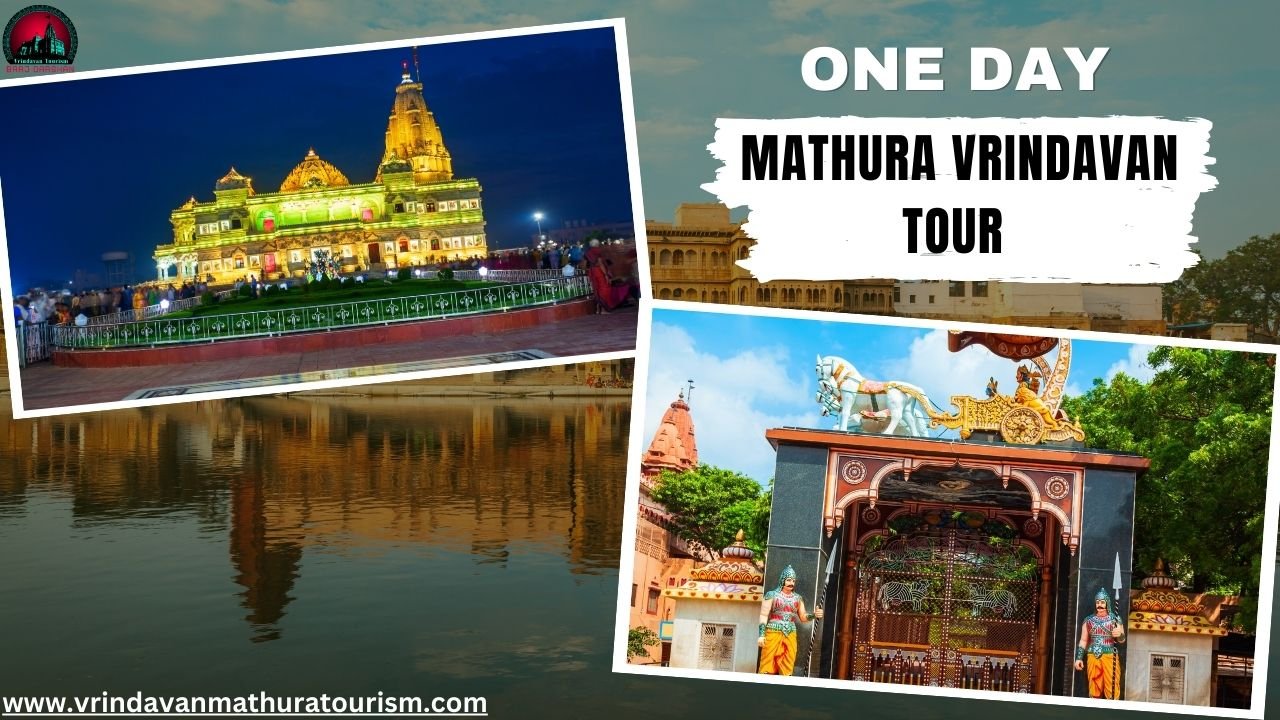
Aug 20, 2025
One Day Mathura Vrindavan Tour Packages from Delhi NCRMathura and Vrindavan are two of India's most...
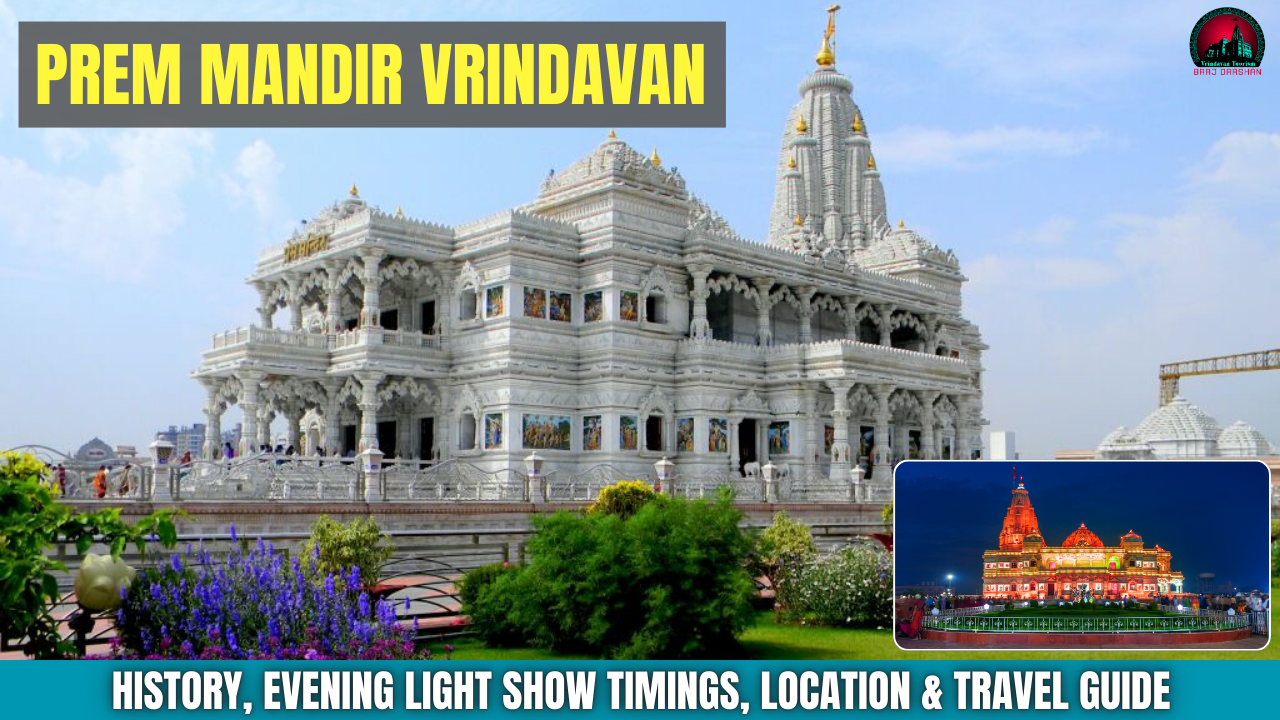
Aug 18, 2025
Prem Mandir Vrindavan– History, Evening Light Show Timings, Location & Travel GuideIntroductionP...